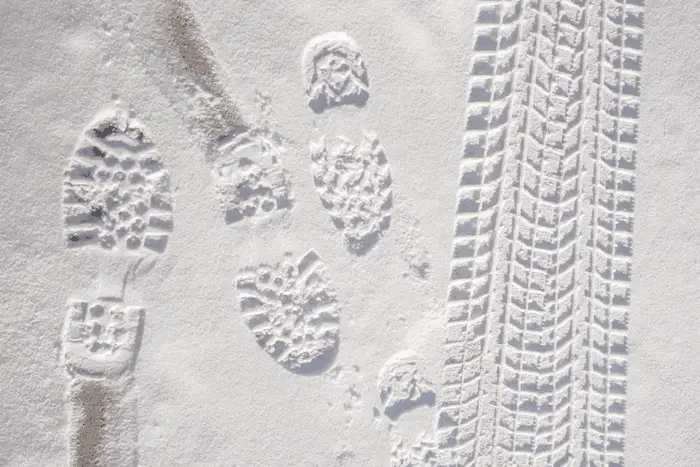Minimise slips and falls this winter.
Just like the first cuckoo heralds Spring, so the first gritting lorry on the road warns us that the coldest weather of the year is coming.
Your local authority will be fulfilling its legal obligation by gritting the highways, which technically includes pavements, but what are your responsibilities for outdoor common areas like car parks, footpaths, bin yards and steps?
After all, the people responsible for managing the buildings and grounds do have a responsibility to minimise risk for residents, visitors and contractors using the common areas. This can be the residents management company (RMC), right to manage company (RTM) or the freeholder, as well as their agents.
So how do you go about it? There is clear guidance from the Health and Safety Executive, which suggests using grit if you cannot divert people away from icy areas altogether.
Gritting is the most common method used to de-ice as it is relatively cheap, quick to apply and easy to spread. Rock salt is the most commonly used ‘grit’, and that is what is used on public roads by the highways. It can stop ice forming and cause existing ice or snow to melt.
Think about when to grit: it is most effective when it is ground down by tyres or foot traffic, so it may take far longer to act in pedestrian areas than on roads. Gritting should be carried out when frost, ice or snow is forecast or when walkways are already damp or wet and the floor temperatures are forecast to be at, or below freezing. Don’t grit when it is raining heavily as the salt will be washed away.
Who will do the gritting? Depending on the area concerned you might need an outside contractor or, if it’s just a path and a few steps, you can provide a grit bin and ask residents to help spread it when necessary. If you do invest in a supply of grit, keep it under cover and it should keep for a couple of years if it’s under cover and not exposed to rain.
In a small block or conversion, you might just revert to a good old shovel to clear snow and ice instead.
No, you won’t get sued…
It’s a myth that you can’t be sued if you don’t grit and de-ice effectively enough, and someone still has a fall. In practice though, it is extremely unlikely. People walking on snow and ice have a responsibility to be careful. Many personal injury lawyers agree that the chances of there being a case to answer are negligible. So, don’t be afraid to do the right thing and clear those paths! Just don’t clear the snow and ice onto the roadway, because that is an offence!
FP1545-2020
The sole purpose of this article is to provide guidance on the issues covered. This article is not intended to give legal advice, and, accordingly, it should not be relied upon. It should not be regarded as a comprehensive statement of the law and/or market practice in this area. We make no claims as to the completeness or accuracy of the information contained herein or in the links which were live at the date of publication. You should not act upon (or should refrain from acting upon) information in this publication without first seeking specific legal and/or specialist advice. Arthur J. Gallagher Insurance Brokers Limited trading as Deacon accepts no liability for any inaccuracy, omission or mistake in this publication, nor will we be responsible for any loss which may be suffered as a result of any person relying on the information contained herein.
